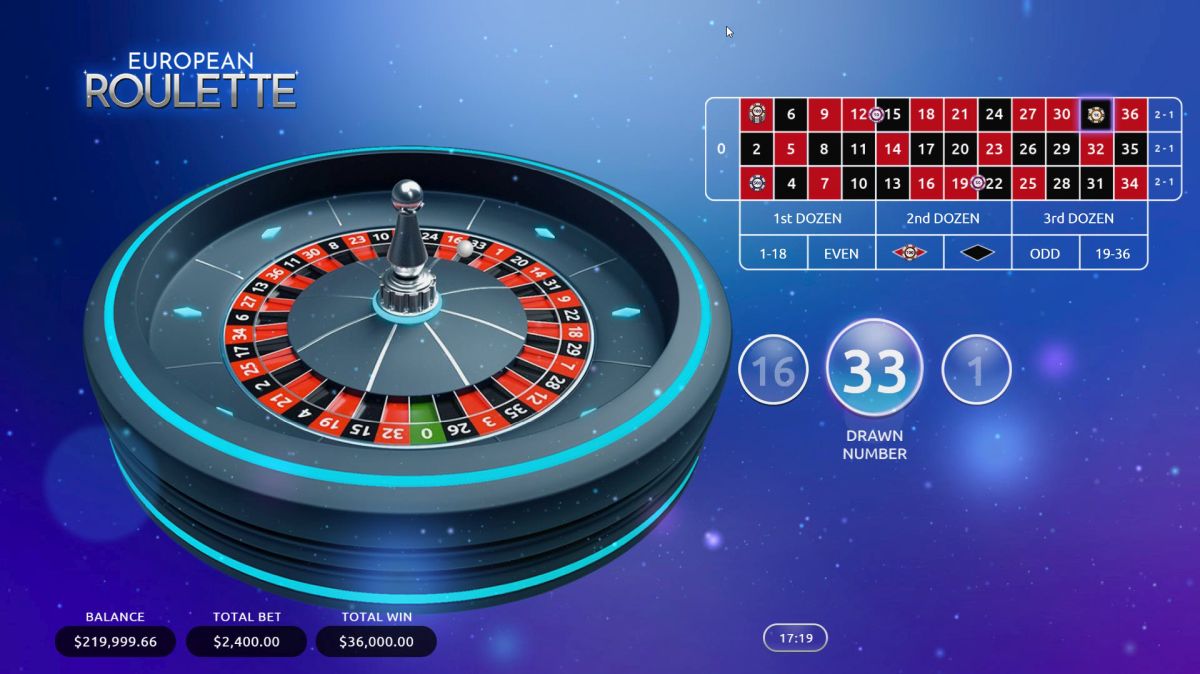
Remember trying to play a game on your phone ten years ago? It was often a lesson in frustration. Tiny buttons. Endless zooming and pinching. And roulette? Forget about it. The experience felt like trying to perform delicate surgery with oven mitts on.
Well, the mobile roulette app interface has come a long, long way since then. It’s evolved from a simple, functional port of a desktop game into a sophisticated, immersive experience designed specifically for our fingertips. Let’s dive into the journey—from the clunky beginnings to the sleek, almost cinematic interfaces we have today.
The Humble Beginnings: The “Port-Over” Era
The first mobile roulette apps weren’t really “designed” at all. They were, frankly, an afterthought. Developers basically took the existing online game and shrunk it down to fit a small screen. The result was… not pretty.
You’d be squinting at a pixelated roulette wheel, struggling to place a chip on a specific number because your finger was bigger than the betting square. The interfaces were cluttered, the buttons were unresponsive, and a simple spin could take forever. It was functional, sure. But enjoyable? Not really. It was like watching a blockbuster movie on a postage stamp—you got the gist, but none of the thrill.
Key characteristics of this era included:
- Static, Low-Resolution Graphics: The wheel and table looked like a blurry JPEG.
- Non-Intuitive Betting: Placing complex bets was a chore that required multiple taps and menus.
- Lack of Mobile-Specific Features: No tilt-to-view, no swipe-to-spin. Just basic tap commands.
The Touchscreen Revolution: Designing for Fingers, Not Mice
As smartphones became ubiquitous, a major shift occurred. Designers finally stopped thinking about the mouse cursor and started thinking about the human finger. This was the single biggest leap in mobile roulette app interface design. The goal became clarity and touchability.
Buttons got bigger. Betting areas were spaced out intelligently. The entire layout was rethought from the ground up for a portrait or landscape orientation. Swiping gestures were introduced to spin the wheel—a small change that made the action feel incredibly natural. You could argue this is when mobile roulette became its own distinct thing, not just a shrunken-down cousin of the desktop version.
Key Innovations in the Touch-First Era
This period saw some brilliant, now-standard features emerge:
- Quick Bet Buttons: One-tap options for common bets like Red/Black or Odd/Even.
- Chip Tray Navigation: Easy scrolling or tapping to switch between chip denominations.
- Clear Bet Confirmation: A highlighted area showing exactly where your chips were placed before spinning.
- Gesture-Based Controls: The swipe-to-spin became the industry norm, mimicking the physical action of a croupier.
The Age of Immersion: High-Definition and 3D Graphics
With phone processors becoming more powerful, the next evolution was all about eye candy. And we’re not just talking about slightly better graphics. We’re talking about a full-blown cinematic experience in the palm of your hand.
Modern roulette app graphics and design are stunning. The wheels are rendered in crisp 3D, with realistic lighting and shadows that make the polished wood and metal gleam. The ball bounces with a physics-engine authenticity that’s weirdly satisfying to watch. Some apps even offer multiple camera angles, letting you zoom in on the wheel as it spins or pull back to see the entire table.
This isn’t just about being pretty. This visual fidelity reduces cognitive load. A clear, high-definition interface makes it easier to track the game, see your bets, and feel connected to the action. It builds trust and, honestly, it’s just more fun.
Live Dealer Roulette: The Ultimate Interface Challenge
Then came the game-changer: live dealer roulette. This presented a whole new set of interface puzzles. How do you display a live video stream, a betting interface, game history, and a chat box all on one small screen without it becoming a mess?
The solutions have been ingenious. The best live dealer mobile roulette apps use adaptive layouts. You can often minimize the betting grid to focus on the live action, or tap to make the video stream full-screen. The chat function is neatly tucked away but easily accessible. It’s a masterclass in information architecture, balancing social interaction, real-time video, and interactive controls seamlessly.
What’s Next? The Future of Roulette UI/UX
So, where do we go from here? The evolution is far from over. We’re already seeing glimpses of the future:
- Augmented Reality (AR): Imagine projecting a roulette table onto your coffee table through your phone’s camera. The technology is there; it’s just waiting for the right application.
- Hyper-Personalization: Interfaces that learn your betting habits and customize the layout to put your favorite bets front and center.
- Haptic Feedback: Your phone giving a subtle vibration as the ball clicks into a pocket, adding a tactile layer to the visual and auditory experience.
- Voice Commands: “Place $10 on Red,” you say, and the bet is made. This is already a reality in some pioneering apps.
The core challenge will remain the same: reducing friction. The best interfaces are the ones you don’t even notice. They feel intuitive, responsive, and get out of the way so you can simply enjoy the game.
A Quick Comparison: Then vs. Now
| Feature | Early Interfaces (Then) | Modern Interfaces (Now) |
| Visuals | Pixelated, static 2D images | Cinematic, high-definition 3D rendering |
| Betting | Cumbersome, multi-tap process | Gesture-based, one-tap quick bets |
| Immersiveness | Low; felt like a computer game | High; sensory experience with sound and visuals |
| Customization | None | Favorite bets, table themes, settings |
| Core Design Principle | “Make it fit on the screen” | “Make it feel natural in the hand” |
The Human Element in a Digital Wheel
In the end, the evolution of the mobile roulette interface isn’t just a story about better technology. It’s a story about understanding human behavior. It’s about recognizing that a game of chance should feel effortless, engaging, and maybe even a little bit magical. Designers have learned that the interface is more than a tool; it’s the bridge between the player and the pulse-quickening thrill of the spin. And that bridge has never been smoother to cross.
The next time you open your favorite roulette app and effortlessly place a bet with a swipe of your thumb, take a second to appreciate the quiet revolution in your hand. It’s come a very long way.













